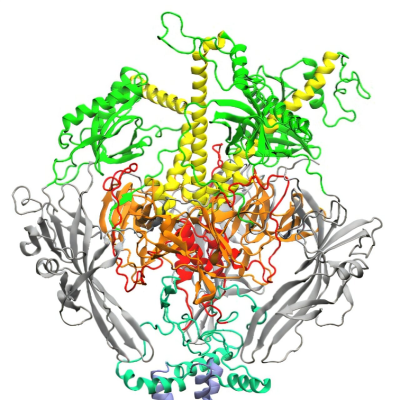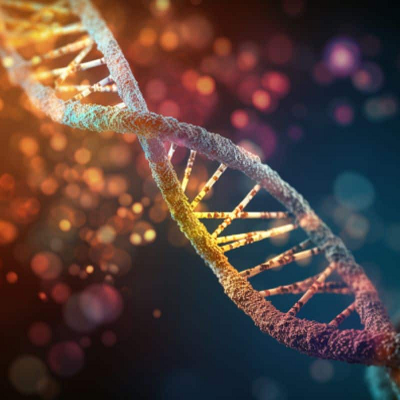Researchers at ETH Zurich have developed a protein-based gel that breaks down alcohol in the gastrointestinal tract without harming the body. In the future, people who take the gel could reduce the harmful and intoxicating effects of alcohol.
Main ingredients: Whey, iron and gold
The researchers used ordinary whey proteins to produce the gel. They boiled them for several hours to form long, thin fibrils. Adding salt and water as a solvent then causes the fibrils to cross-link and form a gel. The advantage of a gel over other delivery systems is that it is digested very slowly. But to break down the alcohol, the gel needs several catalysts.
The researchers used individual iron atoms as the main catalyst, which they distributed evenly over the surface of the long protein fibrils. “We immersed the fibrils in an iron bath, so to speak, so that they can react effectively with the alcohol and convert it into acetic acid,” says ETH researcher Jiaqi Su, the first author of the study. Tiny amounts of hydrogen peroxide are needed to trigger this reaction in the intestine. These are generated by an upstream reaction between glucose and gold nanoparticles. Gold was chosen as a catalyst for hydrogen peroxide because the precious metal is not digested and therefore stays effective for longer in the digestive tract. The researchers packed all these substances – iron, glucose and gold – into the gel. This resulted in a multi-stage cascade of enzymatic reactions that ultimately converts alcohol into acetic acid.
Gel works in mice
The researchers tested the effectiveness of the new gel on mice that were given alcohol just once as well as on mice that were given alcohol regularly for ten days. Thirty minutes after the single dose of alcohol, the prophylactic application of the gel reduced the alcohol level in the mice by 40 percent. Five hours after alcohol intake, their blood alcohol level had dropped by as much as 56 percent compared to the control group. Harmful acetaldehyde accumulated less in these mice, and they exhibited greatly reduced stress reactions in their livers, which was reflected in better blood values.
In the mice that were given alcohol for ten days, the researchers were able to demonstrate not only a lower alcohol level but also a lasting therapeutic effect of the gel: the mice that were given the gel daily in addition to alcohol showed significantly less weight loss, less liver damage and hence better fat metabolism in the liver as well as better blood values. Other organs in the mice, such as the spleen or the intestine, as well as their tissues also showed much less damage caused by alcohol.
Patent pending
In an earlier study of administering iron through whey protein fibrils, the researchers had discovered that iron reacts with alcohol to form acetic acid. As this process was too slow and too ineffective at the time, they changed the form in which they attached the iron to the protein fibrils. “Instead of using larger nanoparticles, we opted for individual iron atoms, which can be distributed more evenly on the surface of the fibrils and therefore react more effectively and quickly with the alcohol,” Mezzenga says.
The researchers have already applied for a patent for the gel. While several clinical tests are still required before it can be authorised for human use, the researchers are confident that this step will also be successful, as they already showed that the whey protein fibrils that make up the gel are edible.
Read the original article on ETH Zurich.







